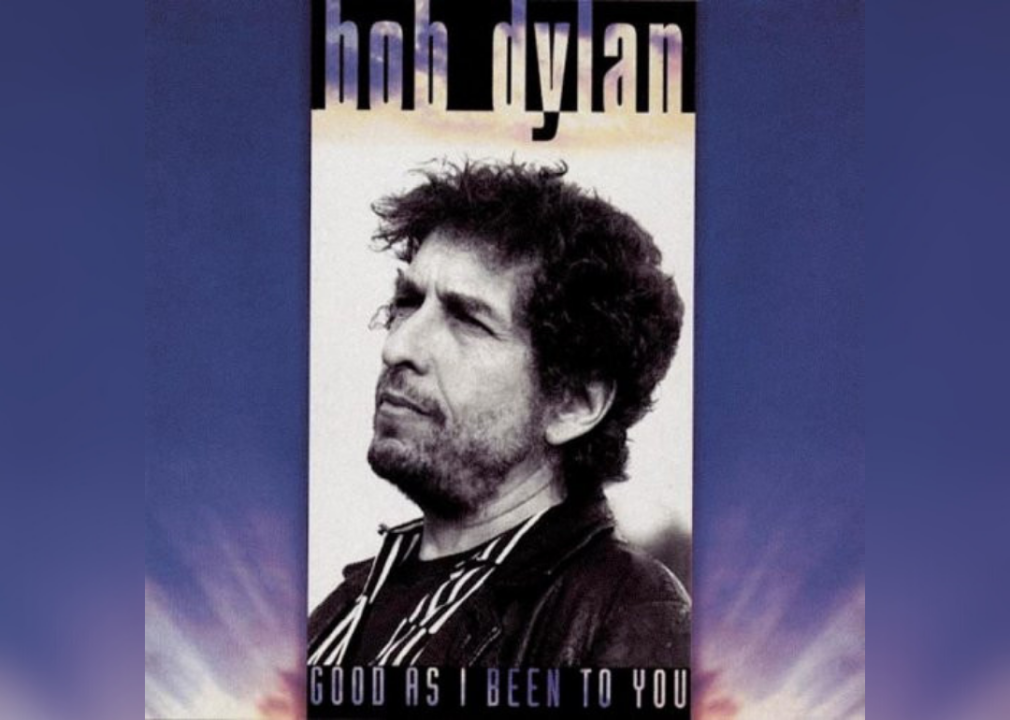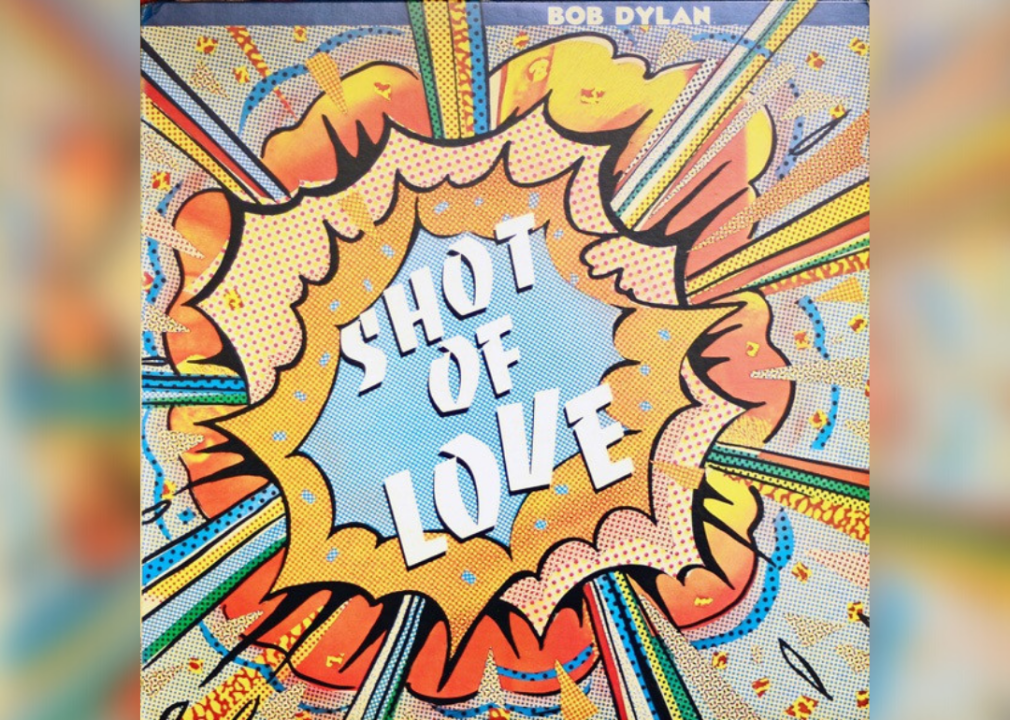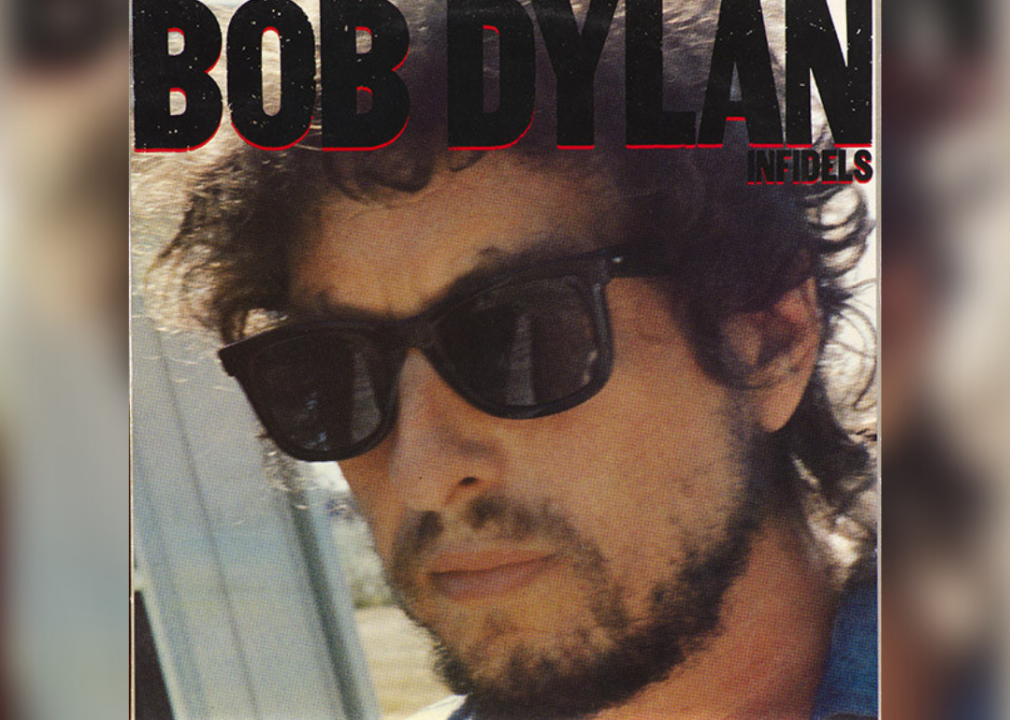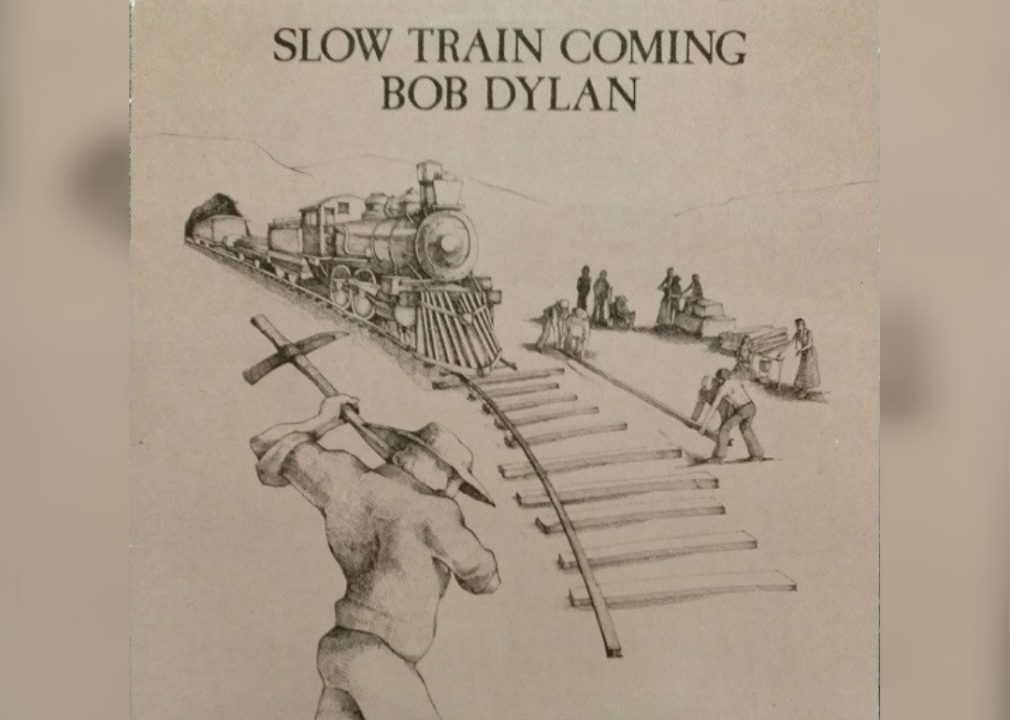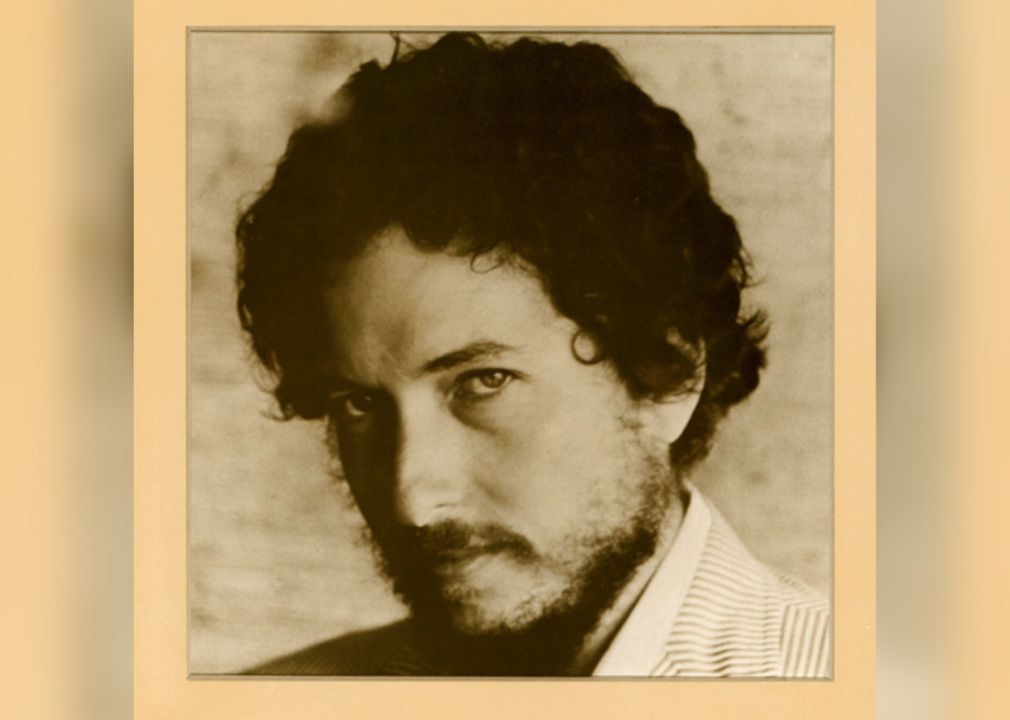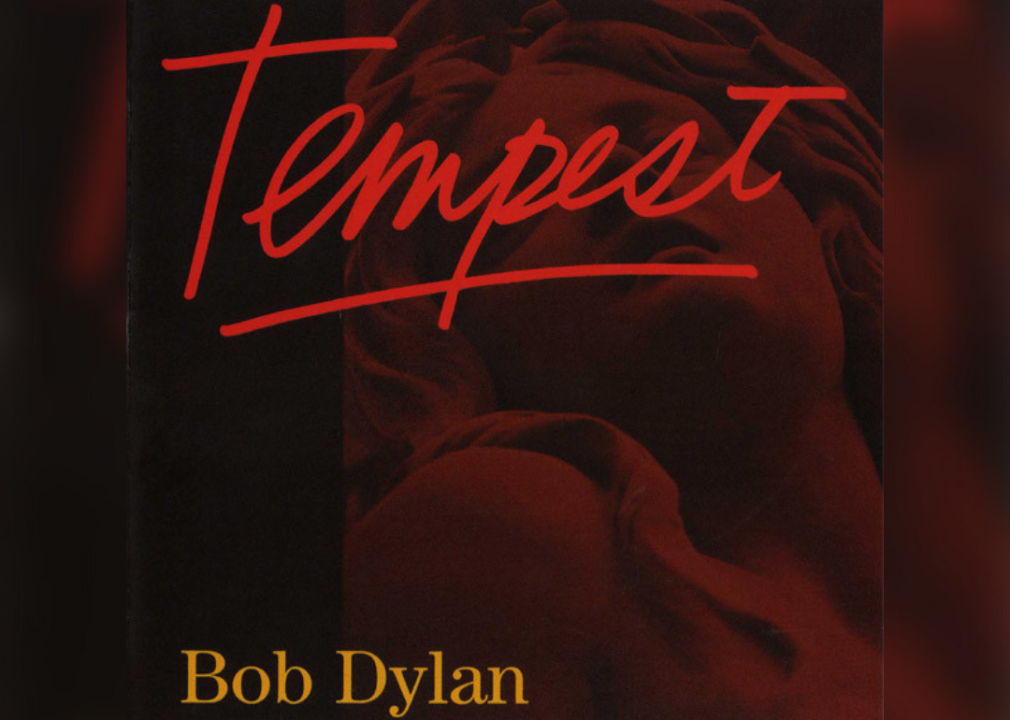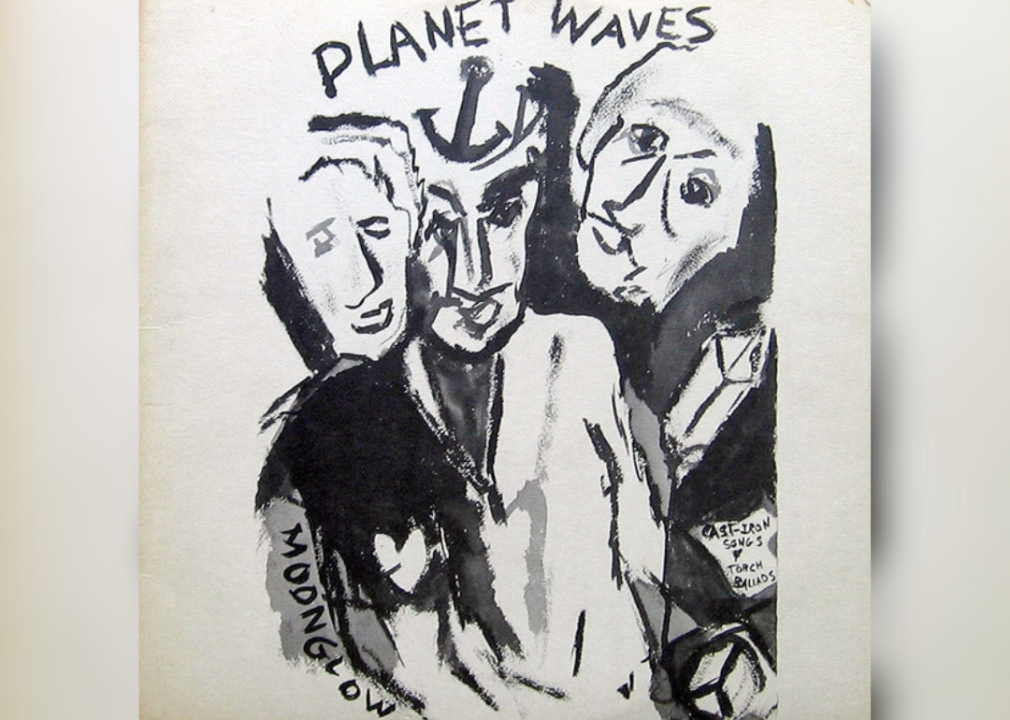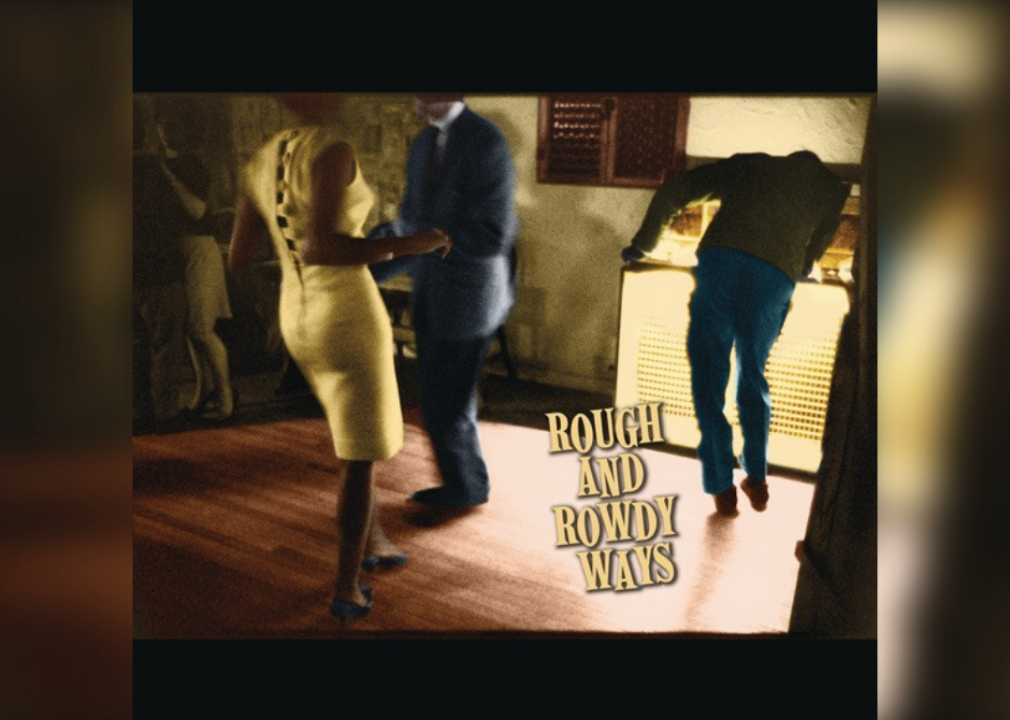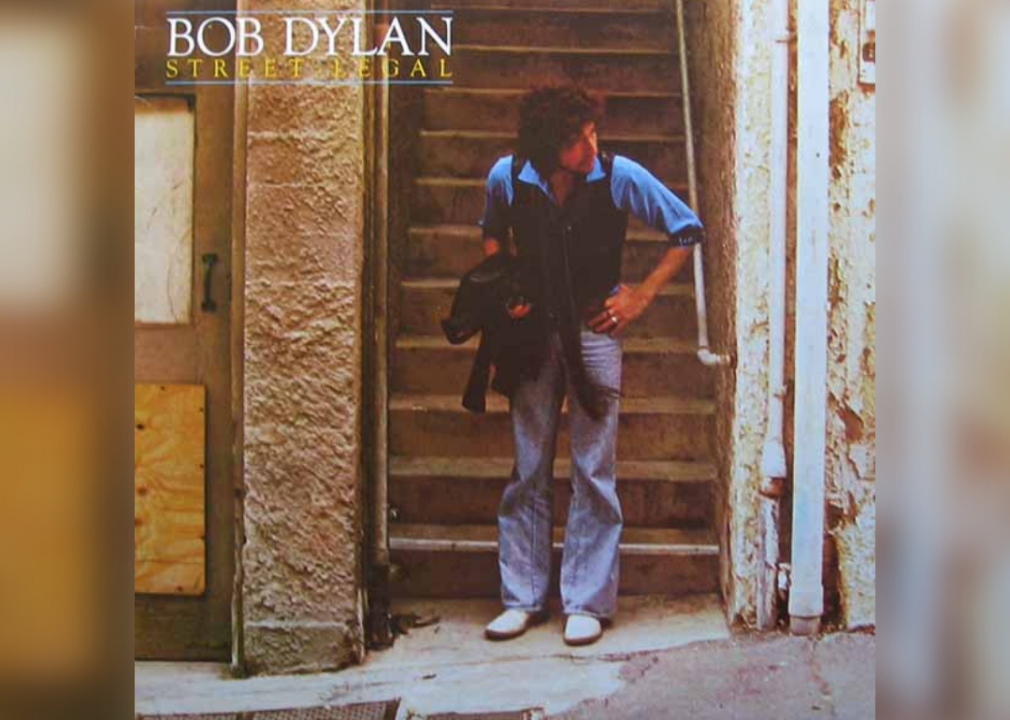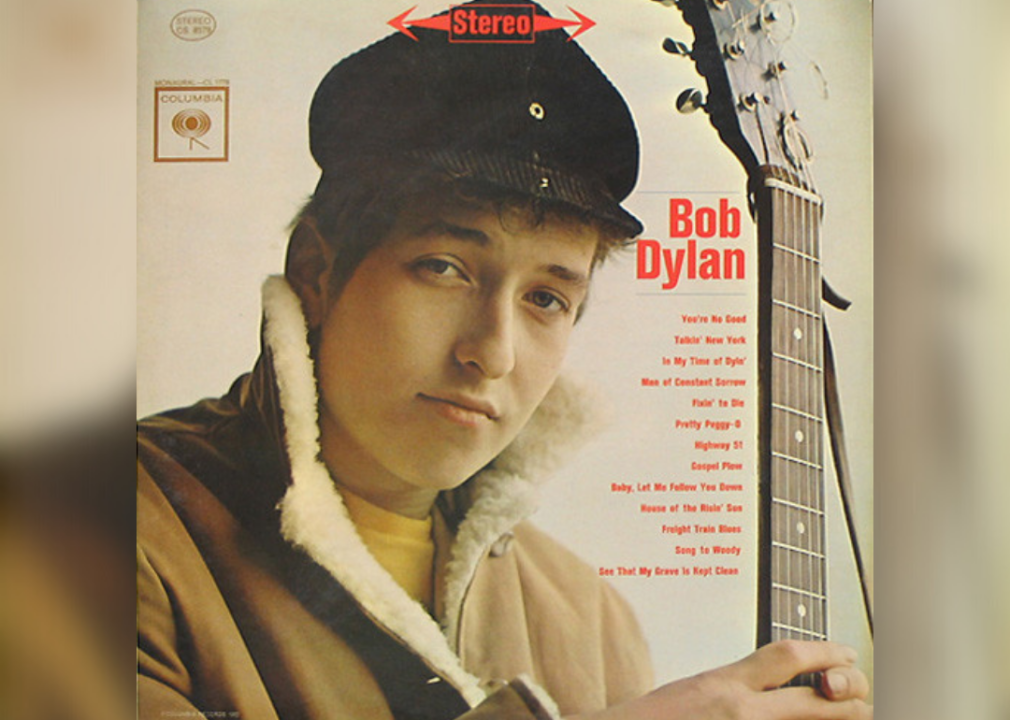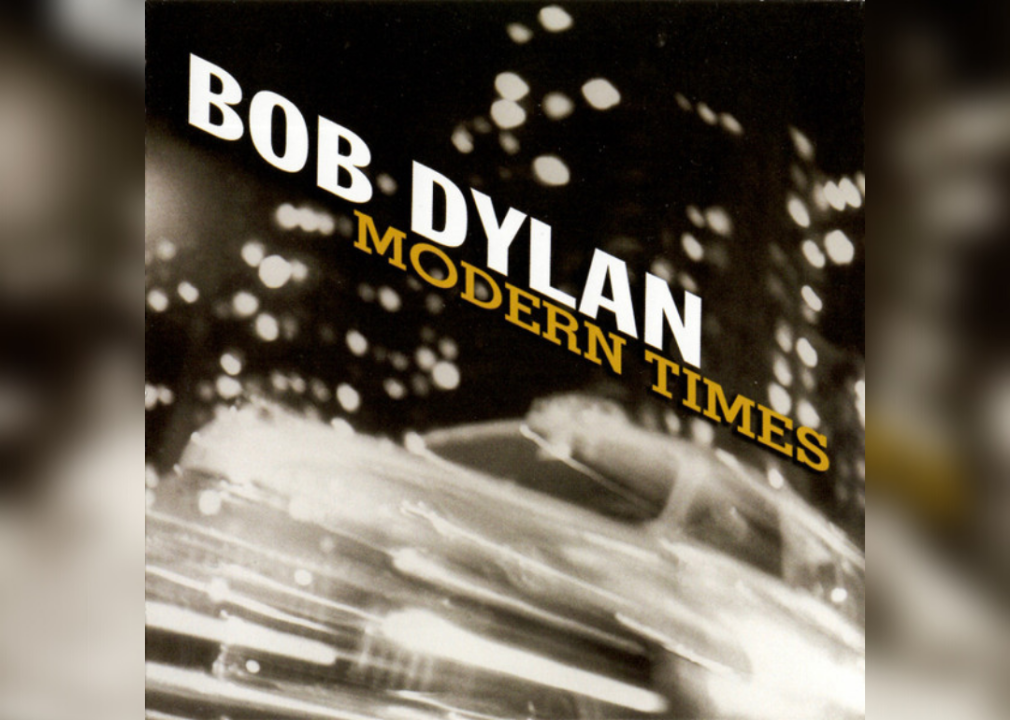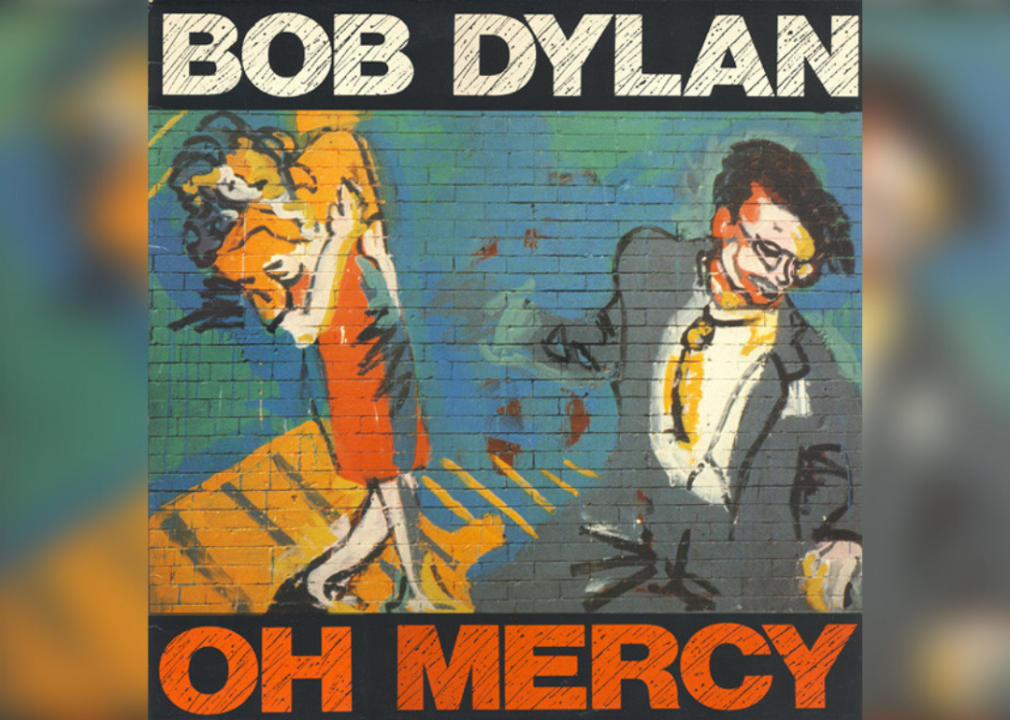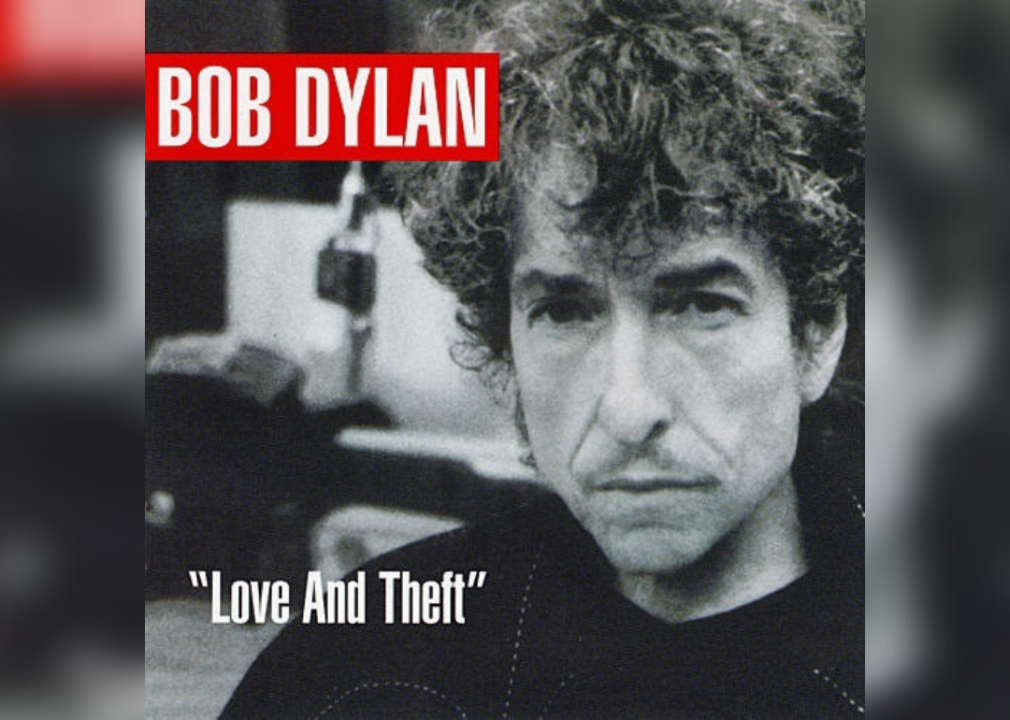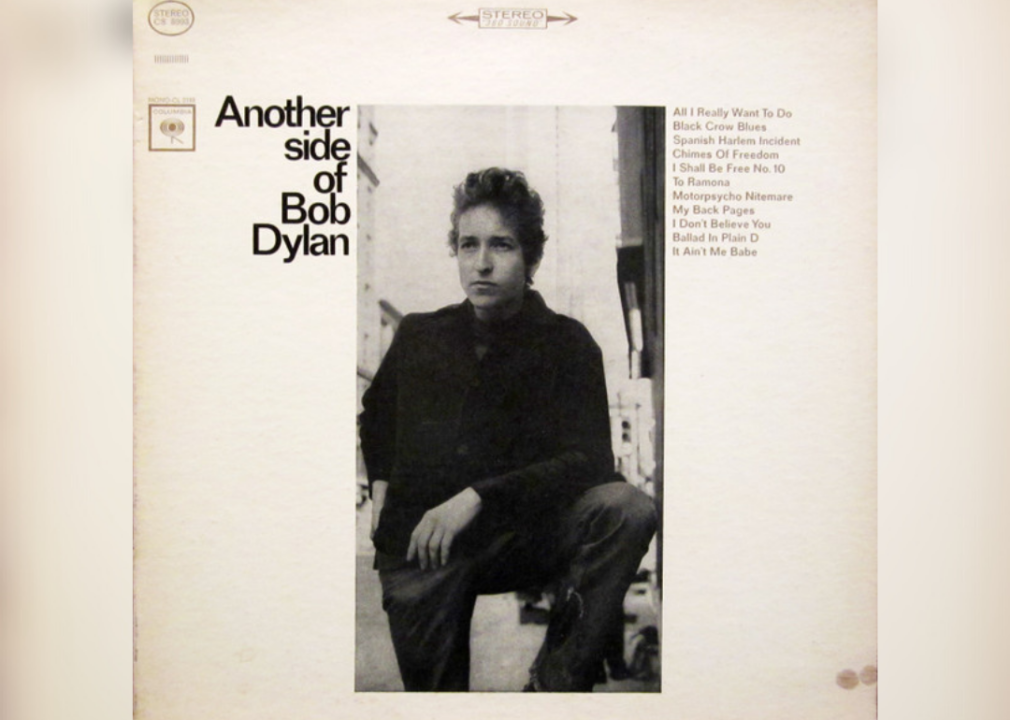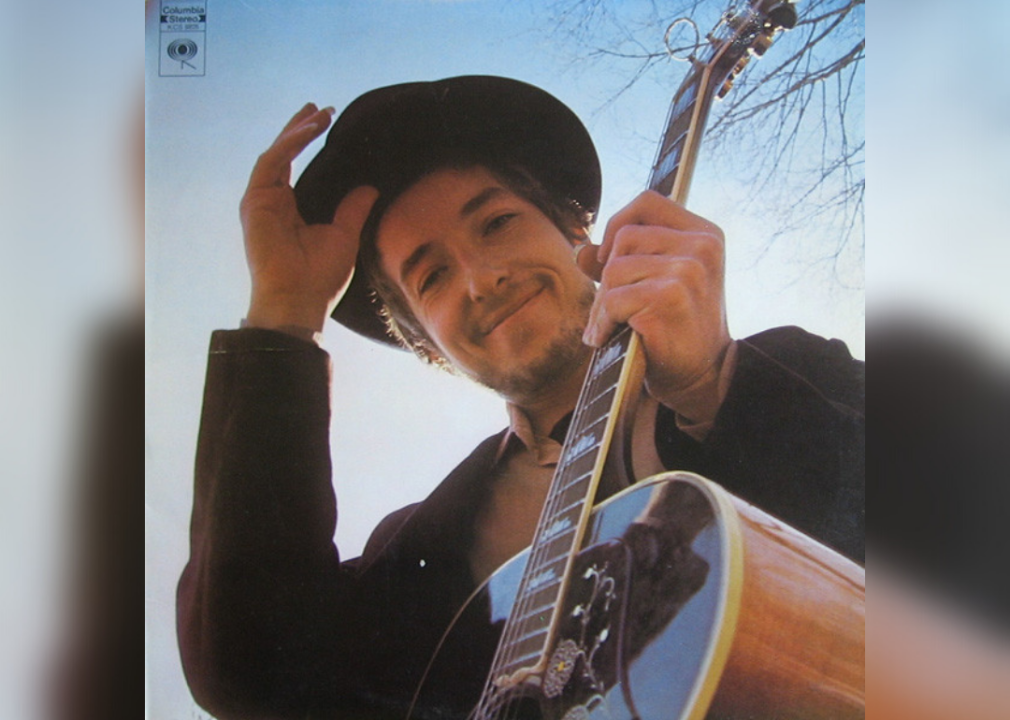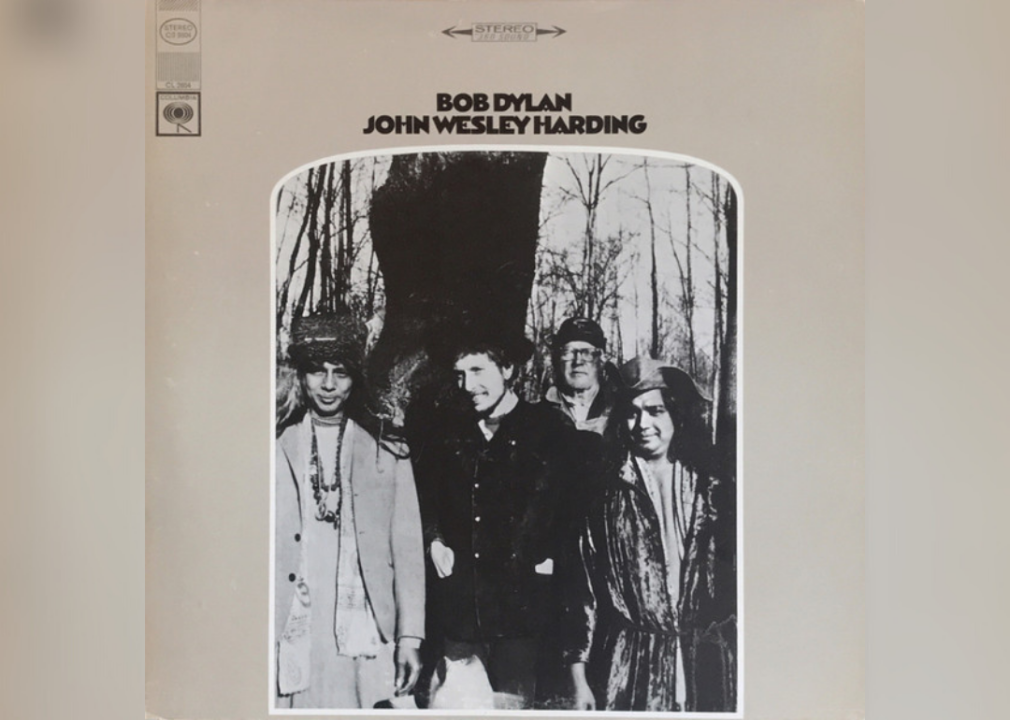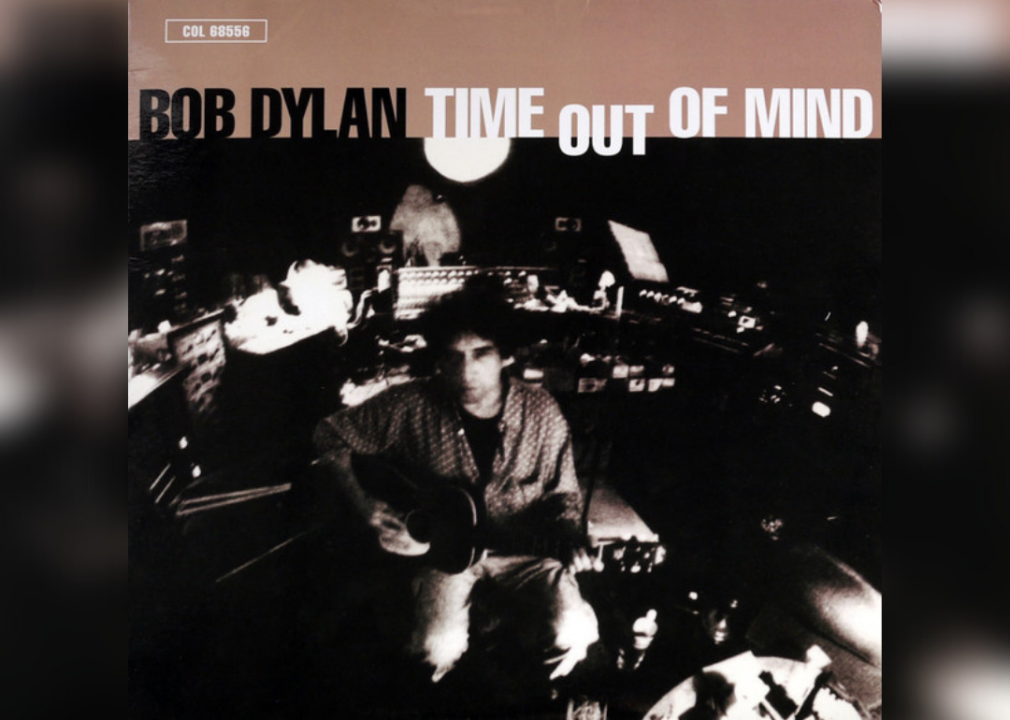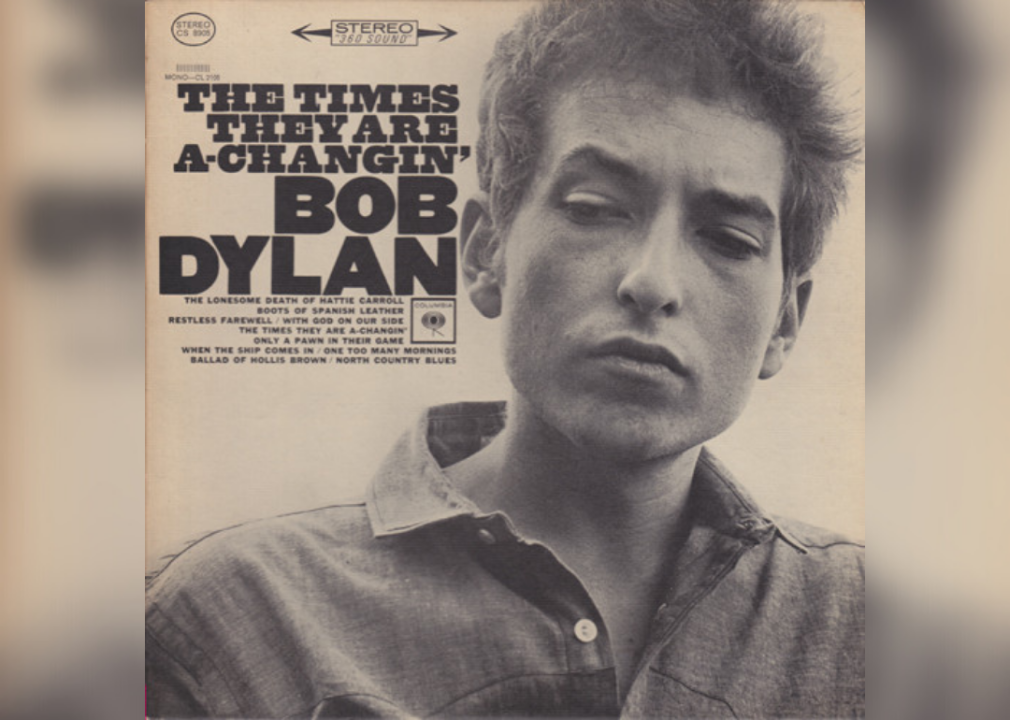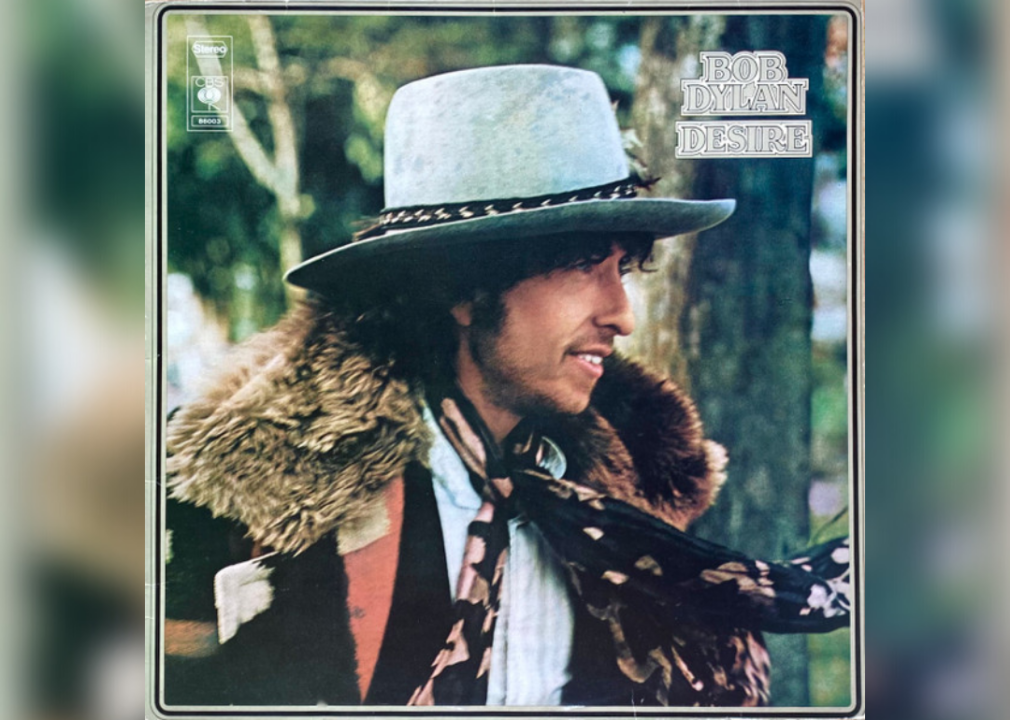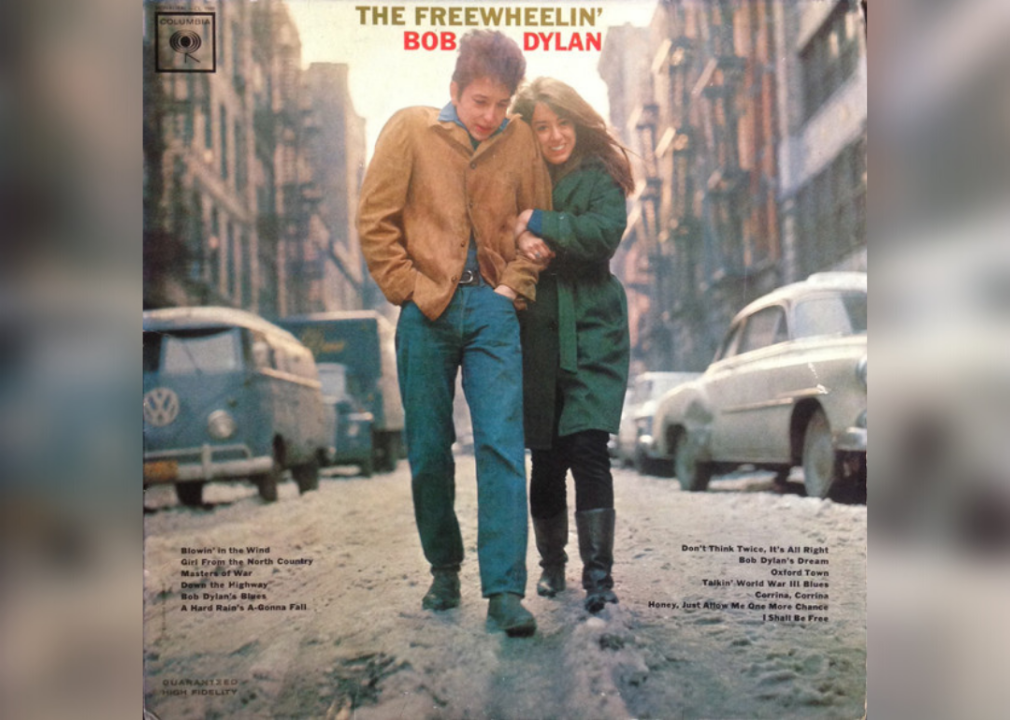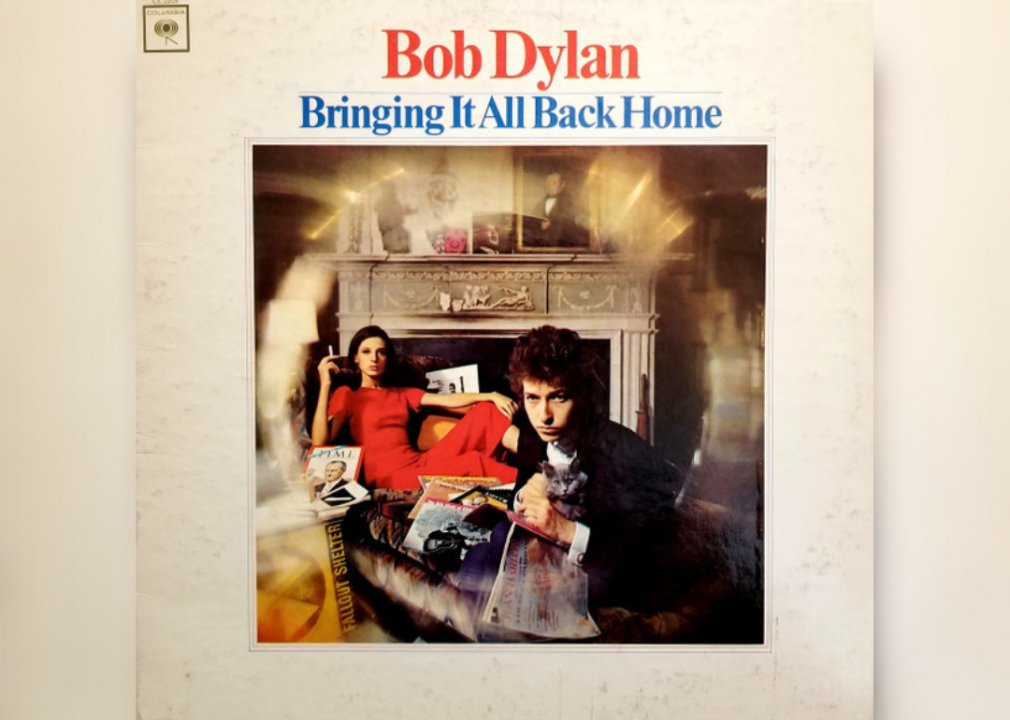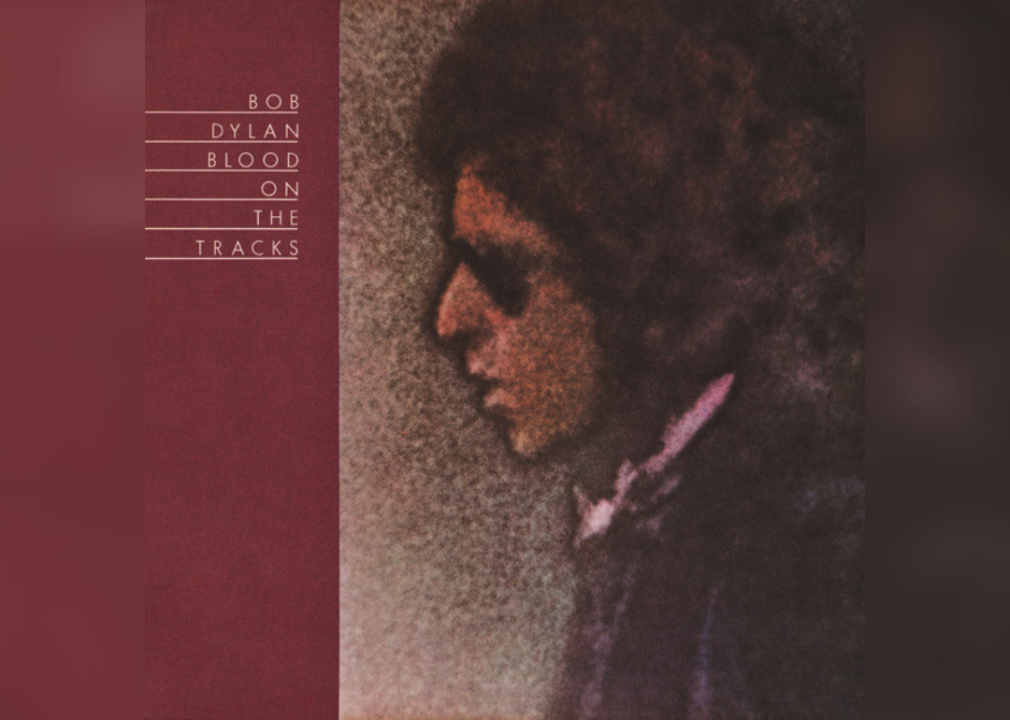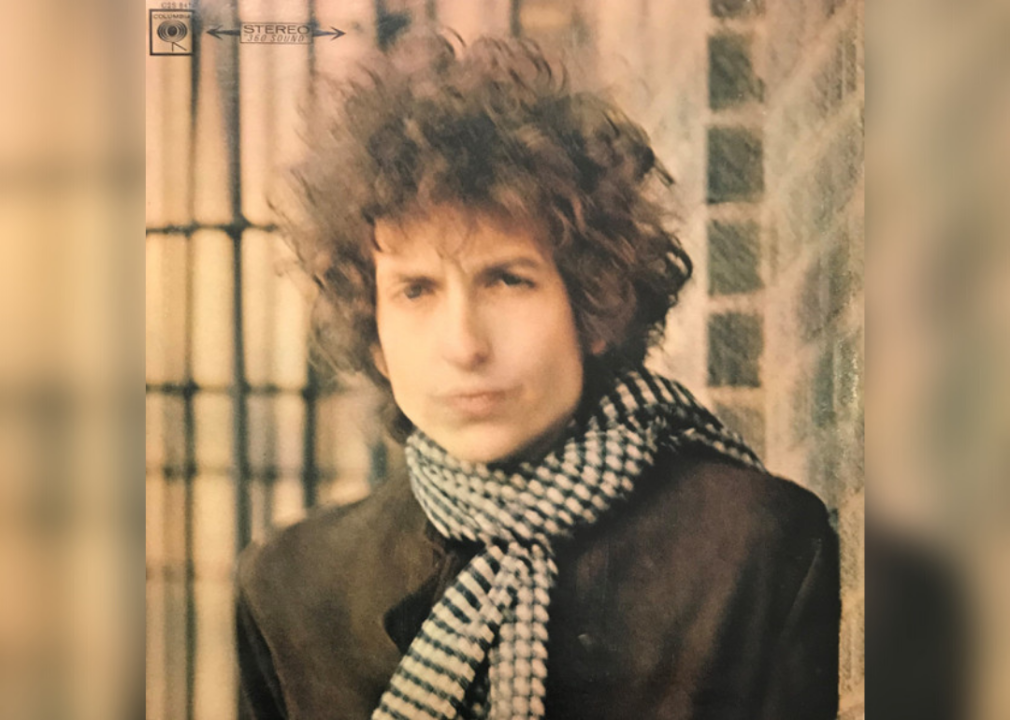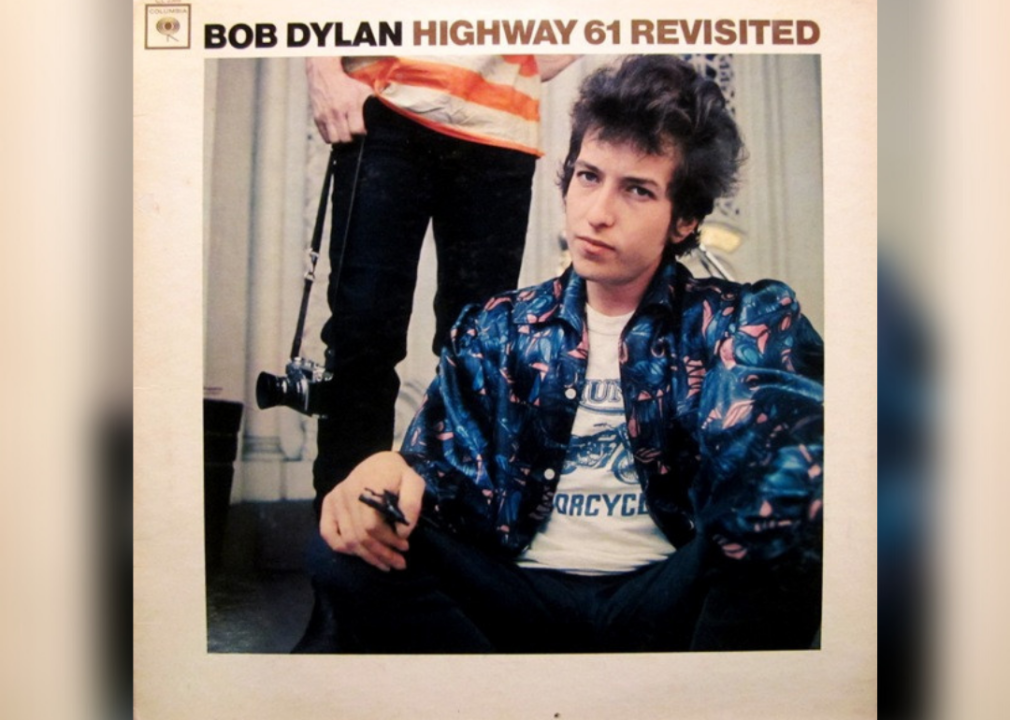Born on May 24, 1941, Bob Dylan’s multigenerational career has undergone numerous ebbs and flows as the artist evolved with and responded to the world around him. Armed with an intensely deep knowledge of American music, Dylan first emerged from the Greenwich Village folk scene as the voice of dissent against various institutions of oppression. When he plugged in at the Newport Festival in 1965, the world’s foremost protest singer received some backlash of his own.
All was forgiven over the following years as he churned out classic album after classic album, sliding from one style or story to the next with unparalleled ease. To this day, he’s still touring and putting out albums with surprising consistency. Like a modern-day Shakespeare, Dylan’s created a canon so vast and vital that one need not peer behind the curtain to reap its endless rewards. That’s not to mention his profound influence on a slew of contemporaries, including everyone from The Beatles to Bruce Springsteen. Put simply, the last half-century of music wouldn’t be remotely the same if not for this artist.
To determine the best Bob Dylan albums of all time, Stacker analyzed data from Best Ever Albums (last updated May 2022), where overall rank is determined by calculating the aggregate position of each album from more than 38,000 different top albums charts. The 38,000 charts referenced are a blend of publications’ charts (e.g. Rolling Stone, New Music Express, Stereogum, The Quietus) and people’s personal charts. In theory, the more charts an album has appeared on and the higher its Best Ever Albums score, the better it will be. Only solo studio albums were considered, meaning no live albums, shared billings, or compilations.
You may also like: Best Grateful Dead albums of all time
![]()
Columbia
#25. Good As I Been To You (1992)
– Overall rank: #7,897
– Rank in decade: #1,404
– Rank in 1992: #144
– Best Ever Albums score: 153
Dylan’s 28th studio album is composed entirely of covers and traditional folk tunes, opening with the classic revenge ballad “Frankie & Albert” and closing with “Froggie Went a Courtin,’” a song based on a 16th-century nursery rhyme. The solo acoustic album was recorded at Dylan’s home studio in Malibu, California.
Columbia
#24. Shot Of Love (1981)
– Overall rank: #7,240
– Rank in decade: #1,097
– Rank in 1981: #134
– Best Ever Albums score: 171
Jewish-born atheist Dylan converted to Evangelical Christianity in the late 1970s, resulting in a trilogy of Christian-themed albums. This third and final installment adopts a somewhat looser stance than its predecessors and sounds slightly more similar to traditional rock. Tracks such as “Every Grain of Sand” are considered some of Dylan’s best work of the time. Drummer Ringo Starr and guitarist Ronnie Wood make brief appearances, while Benmont Tench of Tom Petty’s Heartbreakers plays keyboard throughout.
Columbia
#23. Together Through Life (2009)
– Overall rank: #5,236
– Rank in decade: #964
– Rank in 2009: #95
– Best Ever Albums score: 253
Grateful Dead alum Robert Hunter co-wrote the lyrics for this latter-day effort, which reached #1 on the Billboard charts. It was recorded by Dylan and his touring band, with additional help from David Hidalgo of Los Lobos and Mike Campbell of Tom Petty’s Heartbreakers. Featuring weathered vocals and a palpable blues influence, the album plays like elevated bar music. Critical reactions ranged from mixed to positive.
CBS
#22. Infidels (1983)
– Overall rank: #3,334
– Rank in decade: #516
– Rank in 1983: #48
– Best Ever Albums score: 446
In the wake of his Christian-themed trilogy, Dylan returned to form once again on his 22nd studio album. Along for the ride was Dire Straits frontman Mark Knopfler, who co-produced and provided guitar. Former Rolling Stones guitarist Mick Taylor also lent his unique talents. The end result is a relatively consistent effort, which pairs vivid lyrics and Dylan’s original vocal style with an early 1980s production sound.
Columbia
#21. Slow Train Coming (1979)
– Overall rank: #3,144
– Rank in decade: #589
– Rank in 1979: #57
– Best Ever Albums score: 478
In the wake of his religious conversion, Dylan delivered the first album in his Christian-themed trilogy. Rife with spiritual overtones and dogmatic teachings, it was arguably his most concerted effort since 1975’s “Blood on the Tracks.” The song “Gotta Serve Somebody” landed Dylan his first Grammy Award. Mark Knopfler (of Dire Straits fame) plays lead guitar.
You may also like: Most famous musician born the same year as you
Columbia
#20. New Morning (1970)
– Overall rank: #3,130
– Rank in decade: #585
– Rank in 1970: #63
– Best Ever Albums score: 481
Released just four months after the somewhat disastrous “Self Portrait,” Dylan’s 11th studio album delivered both a return to form and a path ahead. It also saw the complete revival of his original voice, now imbued with a raspier edge. Featuring frequent collaborators David Bromberg and Al Kooper (among others), “New Morning” was ushered in on a wave of critical praise. Fans of “The Big Lebowski” will surely recognize the song “The Man in Me,” as it was used to memorable effect during that film’s opening credit sequence.
Columbia
#19. Tempest (2012)
– Overall rank: #2,947
– Rank in decade: #501
– Rank in 2012: #57
– Best Ever Albums score: 516
Most of Dylan’s 21st-century albums are stylistically indebted to a range of American music traditions, and this one is no exception. Drawing upon everything from blues to rockabilly, it walks the line between influence and originality. There’s also a variety of moods on display, as the album swings from somber to playful from one track to the next. After an epic song about the Titanic, it closes with an ode to the legendary John Lennon.
Asylum Records
#18. Planet Waves (1974)
– Overall rank: #2,821
– Rank in decade: #533
– Rank in 1974: #46
– Best Ever Albums score: 544
Reuniting with roots-rock outfit The Band, Dylan delivered his first #1 album on the Billboard chart. Unlike previous collaborations between the two iconic acts, this one strikes a more intimate and relaxed tone. While arguably dispensable when compared to Dylan’s better work, “Planet Waves” still makes for a quality listening experience. Highlights include “Forever Young” and “On a Night Like This,” among other songs.
Columbia
#17. Rough And Rowdy Ways (2020)
– Overall rank: #2,439
– Rank in decade: #23
– Rank in 2020: #15
– Best Ever Albums score: 649
Bob Dylan’s 39th studio album marks his return to his original material for the first time in eight years. The songwriter reaches back toward his early, message-soaked work with “Murder Most Foul,” a 17-minute track representing the songwriter’s longest song to date and his first #1 single. The song explores the JFK assassination (or, metaphorically, collective trauma) against the backdrop of U.S. culture and politics.
Columbia
#16. Street Legal (1978)
– Overall rank: #2,385
– Rank in decade: #462
– Rank in 1978: #46
– Best Ever Albums score: 666
After the one-two punch of “Blood on the Tracks” and “Desire,” Dylan released this underwhelming 1978 effort. For the recording, he employed a backing band of slick professionals in lieu of the Rolling Thunder Revue. As a result of its glossy production and somewhat aimless vibe, a number of American critics drubbed the album as a major letdown. Critics and listeners felt differently in the U.K., where it became his bestselling album at the time.
You may also like: Lyrics to 50 famously misunderstood songs, explained
Columbia
#15. Bob Dylan (1962)
– Overall rank: #1,874
– Rank in decade: #179
– Rank in 1962: #4
– Best Ever Albums score: 903
Picking up where his heroes left off, Bob Dylan emerged from New York’s Greenwich Village scene as a singular force in folk music. That said, his debut album went largely overlooked upon its initial release. Consisting primarily of classic covers, it finds his raspy vocals in an early and emulative stage of development. The album also introduced listeners at home to his deft harmonica and acoustic guitar playing.
Columbia
#14. Modern Times (2006)
– Overall rank: #1,631
– Rank in decade: #272
– Rank in 2006: #22
– Best Ever Albums score: 1,062
Dylan explores the modern world as only he can on this acclaimed album, which was his first chart-topper in 30 years. Continuing the latter-day renaissance that began with 1997’s “Time Out of Mind,” the work culls from pretty much every genre of American music but folk. It’s all delivered in the gravelly tone that would define so much of Dylan’s later output. Some familiar controversy emerged when he faced accusations of lifting lyrics without crediting his sources.
CBS
#13. Oh Mercy (1989)
– Overall rank: #1,569
– Rank in decade: #243
– Rank in 1989: #20
– Best Ever Albums score: 1,115
After a string of mid-80s disappointments (excluding the Traveling Wilburys project), Dylan emerged from the proverbial ashes once again with this 1989 release. It saw him teaming up with Daniel Lanois, who’d previously produced or co-produced smash hits like Peter Gabriel’s “So” and U2’s “The Joshua Tree.” Not only does Lanois’ production lend the album a sense of cohesion and atmosphere, but he also plays an instrument on nearly every track.
Columbia
#12. Love And Theft (2001)
– Overall rank: #1,201
– Rank in decade: #193
– Rank in 2001: #20
– Best Ever Albums score: 1,496
Proving that 1997’s “Time Out of Mind” was no fluke, Dylan followed it up with this eclectic and inviting masterpiece. It straddles various moods and styles without ever feeling forced or belabored, thereby striking a completely natural accord. Winner of the Grammy Award for Best Contemporary Folk Album, “Love and Theft” was also named the #1 album of 2001 by Rolling Stone. Speaking of love and theft, Dylan was later accused of plagiarizing passages from an obscure Japanese biography for the song “Floater.”
Columbia
#11. Another Side Of Bob Dylan (1964)
– Overall rank: #1,012
– Rank in decade: #108
– Rank in 1964: #6
– Best Ever Albums score: 1,837
Armed with his nasal voice and trio of unplugged instruments, Dylan went beyond protest music to explore an ever-expanding range of subjects and themes. It all flows together with poetic precision, reinforcing Dylan’s status as a lyrical genius. Songs like “All I Really Wanna Do” and “It Ain’t Me Babe” rank among his most timeless tunes. For listeners in 1964, it was another side indeed.
You may also like: Songs that dominated Billboard charts the longest
Columbia
#10. Nashville Skyline (1969)
– Overall rank: #925
– Rank in decade: #100
– Rank in 1969: #28
– Best Ever Albums score: 2,003
Dylan still had Nashville on his mind when he released this full-blown country album, and recorded it under the working title “John Wesley Harding Vol. 2.” It presented listeners with Dylan’s new crooner vocal style, which came as a result of him quitting smoking. Not only did Johnny Cash sing on the opening track, but Dylan promoted the album by playing some of its songs on Cash’s musical variety show. Kris Kristofferson and Charlie Daniels were two other famous musicians to make appearances on the work.
Columbia
#9. John Wesley Harding (1967)
– Overall rank: #883
– Rank in decade: #91
– Rank in 1967: #19
– Best Ever Albums score: 2,108
A harrowing motorcycle crash and subsequent trip to Nashville paved the way for this country-folk classic. It features drummer Kenneth A. Buttrey and bassist Charlie McCoy as Dylan’s rhythm section, with Pete Drake playing pedal steel guitar on “Down Along the Cove” and “I’ll Be Your Baby Tonight.” The album represented a stark departure from the three ones preceding it, all of which steered into the rock ‘n’ roll genre. Jimi Hendrix would famously cover “All Along the Watchtower” for his 1968 epic “Electric Ladyland.”
Columbia
#8. Time Out Of Mind (1997)
– Overall rank: #800
– Rank in decade: #151
– Rank in 1997: #17
– Best Ever Albums score: 2,319
Even Dylan’s most ardent fans figured his best days were behind him until he released this 1997 masterwork. Daniel Lanois was back in the fold as producer, providing a sonic atmosphere of ambient darkness and deep mystery. Heightening the gloomy effect are a number of songs, which grapple with themes of death and destruction. It was the dawn of a new era for perennial comeback kid Bob Dylan.
Columbia
#7. The Times They Are A-Changin’ (1964)
– Overall rank: #497
– Rank in decade: #63
– Rank in 1964: #3
– Best Ever Albums score: 3,788
The times they were a-changing in 1964 and Bob Dylan was ushering in some of that transformation, hence his unofficial status as the voice of a generation. Like the two albums before it, this one was an acoustic affair with Dylan providing vocals, harmonica, and guitar. Interweaving sociopolitical anthems with ballads of injustice, the album’s best songs have remained prescient in the decades since their release. One could even say that in today’s rapidly changing and politically charged world, this music is as relevant as it’s ever been.
CBS
#6. Desire (1976)
– Overall rank: #399
– Rank in decade: #101
– Rank in 1976: #7
– Best Ever Albums score: 4,778
Fans of the Martin Scorsese documentary “Rolling Thunder Revue: A Bob Dylan Story” will recognize tunes from this iconic album, released between the two legs of the Rolling Thunder Revue tour. A collaborative affair, it features contributions from a full slate of talented personnel. That includes not just members of the Rolling Thunder Revue, but country singer Emmylou Harris and guitarist Eric Clapton, as well. Harkening back to Dylan’s roots as a protest singer, the eight-minute opener “Hurricane” tackles the unjust trial and subsequent incarceration of boxer Rubin Carter.
You may also like: 50 ways music has changed in the last 50 years
Columbia
#5. The Freewheelin’ Bob Dylan (1963)
– Overall rank: #177
– Rank in decade: #31
– Rank in 1963: #2
– Best Ever Albums score: 9,950
Thanks in part to a little song called “Blowin’ in the Wind,” this album captured the youth zeitgeist and turned Bob Dylan into a 1960s folk hero. Additional tracks such as “A Hard Rain’s A-Gonna Fall,” “Masters of War,” “Don’t Think Twice, It’s Alright,” and numerous others only cemented his status as a songwriter and poet of the highest order. Featured on the cover is Dylan’s girlfriend Suze Rotolo, an artist who inspired a number of his earliest classics. This was among the first 50 recordings chosen by the Library of Congress to be added to the National Recording Registry.
Columbia
#4. Bringing It All Back Home (1965)
– Overall rank: #101
– Rank in decade: #23
– Rank in 1965: #4
– Best Ever Albums score: 15,096
Supported by a cavalry of talent, Dylan plugs in and expands upon his repertoire in every conceivable direction on this seminal album. Divided between an acoustic side and an electric side, it’s more or less credited with creating the folk-rock genre. “Maggie’s Farm” touches down on socioeconomic struggles, but the majority of tunes are fixated on broader themes such as love and drugs. Rolling Stone would later call it the “cultural equivalent of a nuclear bomb.”
Columbia
#3. Blood On The Tracks (1975)
– Overall rank: #41
– Rank in decade: #11
– Rank in 1975: #2
– Best Ever Albums score: 27,621
Dylan’s most candid album is also one of his best, even if some critics took their sweet time warming up to it. Grappling with the dissolution of his marriage to his wife Sara, the artist lays everything bare by way of some truly inspired tunes. The mood often sways from bitterness and anger to melancholy and nostalgia within the course of mere minutes.
Columbia
#2. Blonde On Blonde (1966)
– Overall rank: #31
– Rank in decade: #11
– Rank in 1966: #3
– Best Ever Albums score: 31,696
One of rock’s first great double albums represents an epic culmination of everything Dylan was doing at the time. Much of the recording went down in a Nashville studio, where a team of professional musicians waited for hours while Dylan fleshed out his lyrics. The end result was a seamless blend of subjects and styles, with an ongoing legacy to show for it.
Columbia
#1. Highway 61 Revisited (1965)
– Overall rank: #26
– Rank in decade: #8
– Rank in 1965: #1
– Best Ever Albums score: 36,385
Featuring early Dylan at the height of his electric power, “Highway 61 Revisited” garners the full support of a tight backing band. The blistering “Like a Rolling Stone” might have sparked a little controversy in its day, but many critics have since dubbed it the greatest rock song of all time. It’s but one among a slew of brilliant compositions, which collectively make the album as inventive as it is diverse. According to Best Ever Albums, this is Bob Dylan’s greatest musical achievement.
You may also like: Most successful musical artists of all time


